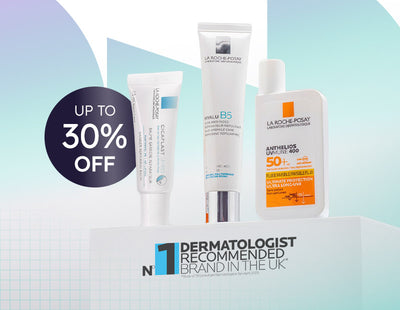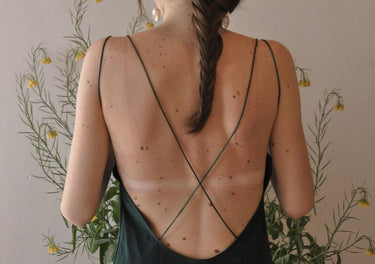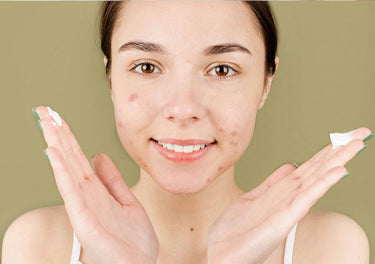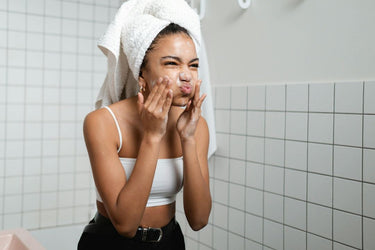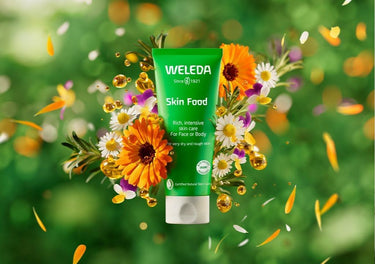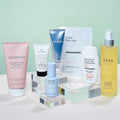Physical vs Chemical Sunscreens

Okay, so you've heard us telling you to “put on that sunblock and unless you've been hiding under a rock for the past decade, you will be well aware of the dangers over exposure to the sun can cause. We even got down to the nitty gritty in our previous blog post 'SPF explained'. But if that's not all mind boggling enough, we have something else to throw into the mix Did you know there are two types of blockers used in suncream? The one most suited for you will depend on skin type, condition and concerns.
Physical sunscreen
Physical suncreams contain active ingredients that work by sitting on the skin's surface and deflecting UV rays. Look out for two key ingredients: titanium dioxide and zinc oxide.

Good for:
- Protection against UVA and UVB rays. This makes it a 'broad spectrum blocker'. UVA rays contribute to the ageing process and the breakdown of collagen.
- Speedy application. It starts working the moment it's applied to the skin.
- A physical blocker is less likely to cause irritation on delicate skins, making them ideal for young skins or those prone to sensitivity.
- It is ideal for those with rosacea and melasma. Both of these common skin concerns can be made worse through heat exposure, making a physical blocker the best choice of protection.
- Acne prone skins will prefer a physical formula as they are less likely to cause congestion and breakouts.
- Outdoor activities, as the formula can rub off easily when sweating.
- Brides and those who are photographed/on camera regularly will find the reflectors in the blocker can make the face appear white when being photographed with a flash.
- This type of suncream is more visible leaving a white, chalky texture, which may leave a visible cast on darker skin tones.
Chemical sunscreens
Chemical sunscreens contain organic compounds that form a chemical reaction that change UV rays into heat. This heat is then released from the skin protecting it from UV damage.

Good for:
- Normally thin, hydrating and a better texture than that of a physical blocker, chemical formulas are great for daily use and work brilliantly under make up.
- Chemical blockers are often mixed with other active ingredients that support skin health, giving them additional benefits.
- This type of suncream is virtually invisible when applied to the skin and won't leave a coloured film. The formulas work well on all skin tones.
- Melasma and pigmentation. These suncreams absorb heat, which can actually make pigmentation problems worse.
- Red and sensitive skins. Some of the ingredients can cause irritation on the skin making it unsuitable for skins with barrier issues like eczema.
- We don't ever advise squirting SPF in your eye (that's what sunglasses are for) but getting a chemical blocker too close to the eye can cause stinging and irritation.
Our top pick: Heliocare XF Gel SPF 50
For our full range of SPFs, check out our online shop or call 0113 282 7744 for more advice.
Written for you by: Emily, Face the Future




